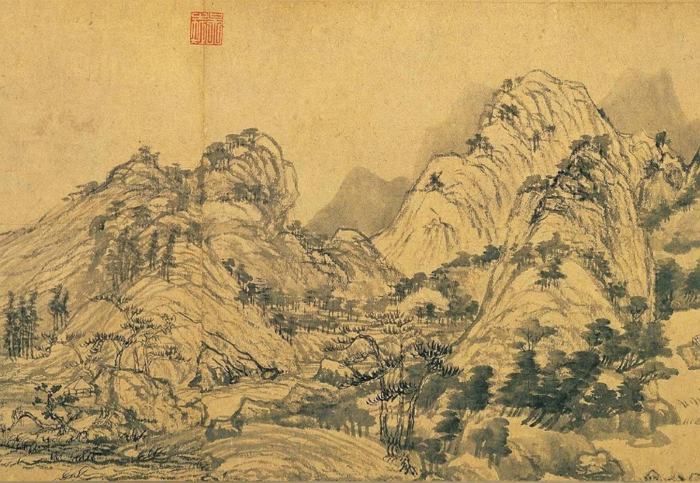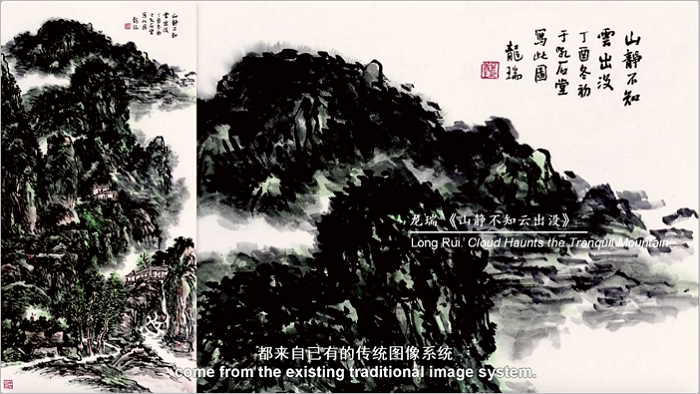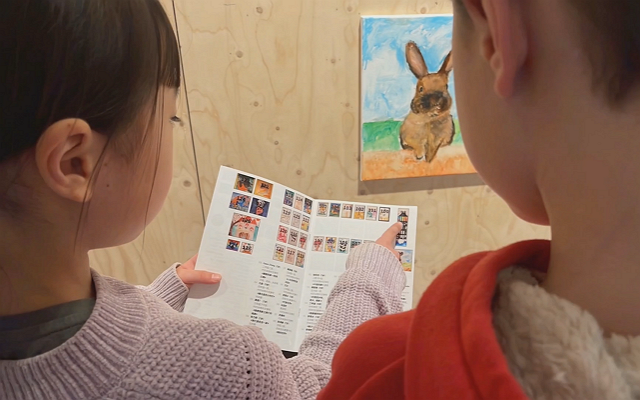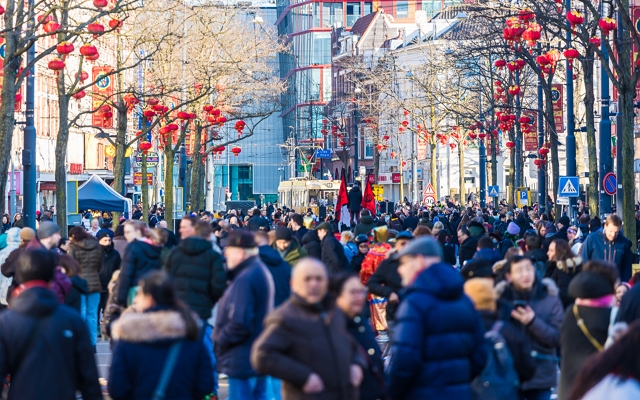

Ink art is an excellent tradition of the Chinese nation, containing the essence of five thousand years of Chinese civilization. With its noble spiritual quality and independent language system, ink art has formed an artistic form with Chinese characteristics. Ink painting is a type of Chinese painting, referring to paintings made purely with ink. It uses one of the unique materials of Chinese painting, special smoky ink as the main raw material, and combines different amounts of water to paint different shades and levels. It has a unique charm called "ink rhyme". Chinese ink painting pays attention to "vividness", which means not to stick to the appearance of objects, but to emphasize on expressing the author's subjective interest. Besides, the ink paintings are presented on rice paper (Xuan paper) to maximize the charm of ink. The painters also like to write poetry and calligraphy and add a red seal signature. In short, Chinese ink painting takes the expression of thought and spirit as its basic appeal, freehand brushwork as its core of thinking, and combination of poetry, calligraphy, and painting as a creative method. It makes Chinese ink painting has profoundly influenced the creation and research of contemporary Chinese ink art.
Regarding the past and present of Chinese ink art, we have to go back to the Neolithic Age, when people painted lines, patterns, or words on pottery. With the development of the times, ink painting has now become the main form of expression of ink art. In the Tang Dynasty, ink paintings had a tremendous development. Due to economic prosperity and cultural prosperity, ink painting masters also appeared in endlessly. During the Song and Yuan Dynasties, the development of ink painting reached its peak. Freehand ink painting paid more attention to the taste of traditional culture and the catharsis of personal subjective emotions. The well-known painting "Fuchun Shanju" is the work of Yuan Dynasty painter Huang Gongwang. It is one of China's top ten famous paintings and a national treasure of China.

Ink art is not only a representative element of Chinese traditional culture but also becomes an important part of the development of Chinese contemporary art. However, this is only the beginning. How to integrate contemporary culture into ink art, express the contemporary state of mind, and serve contemporary culture, we have a long way to go.

To experience Chinese ink art better, the Chinese Culture Center in The Hague presents you with the video "Chinese Ink" to show the spirit and development of ink art from ancient times to the present.
Special thanks to: China National Academy of Painting
2025 marks the Year of the Snake in the traditional Chinese lunar calendar.

Join us for an afternoon filled with culture, artistry, and flavors from Gansu Province!

Let the booklet guide you through over two hundred works by the Dutch and Chinese youth.

The Bunnies will be staying at Markthal until 5 Feb, and then migrate to Timmerhuis!

© 2023 China Cultural Center in Den Haag | Privacy policy